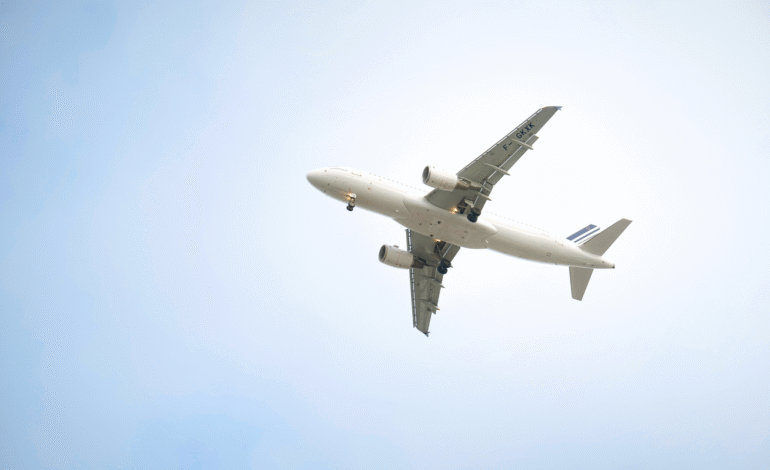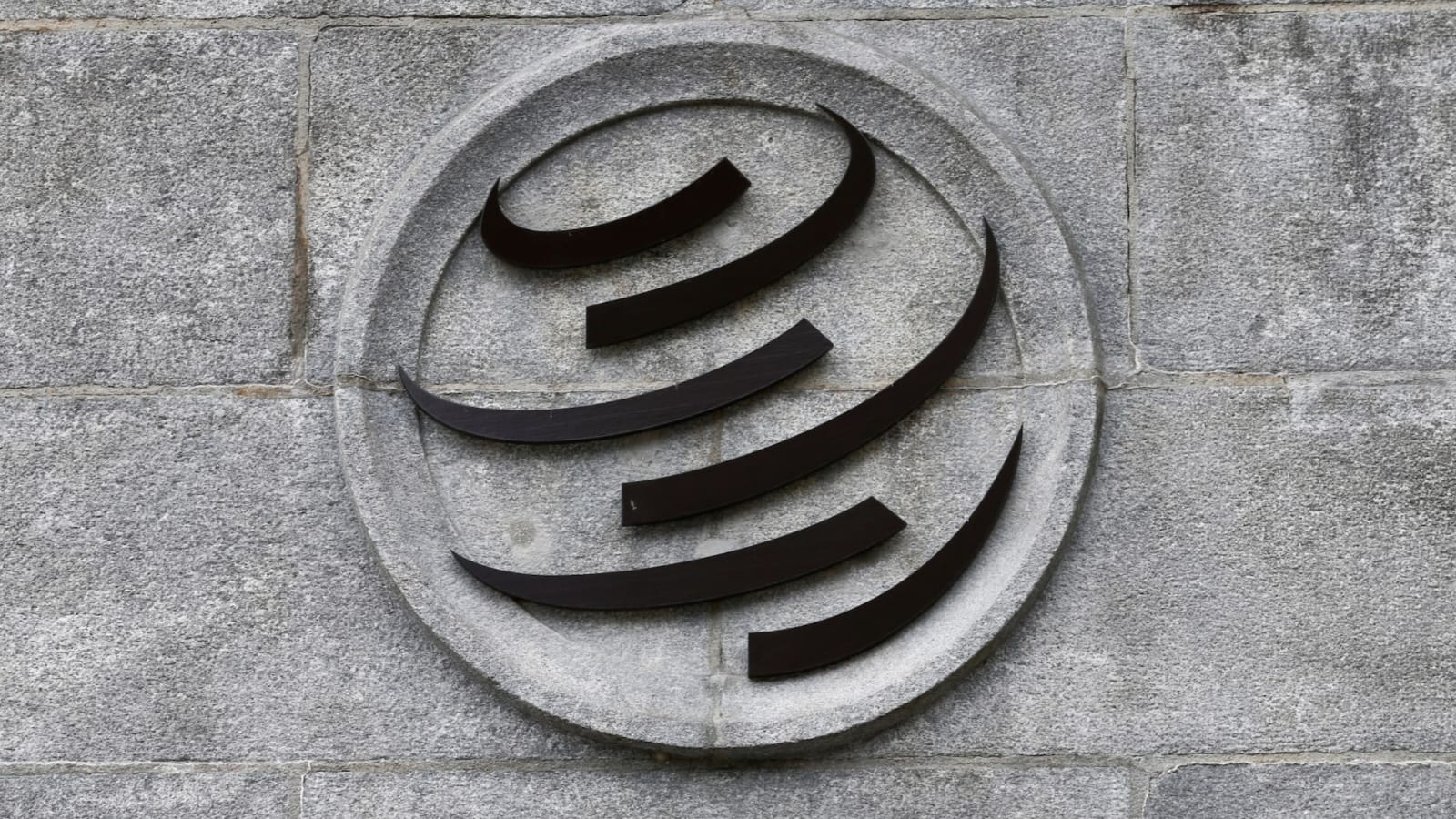Air India Dreamliner Returns Safely To Hong Kong After Midair Technical Issue

In a recent aviation development, an Air India Boeing 787-8 Dreamliner flight bound for New Delhi made a precautionary return to Hong Kong shortly after takeoff. The decision to turn back was prompted by a suspected technical issue that emerged mid-flight. The crew’s swift response ensured the safety of all passengers and crew onboard. This incident comes just one week after a tragic Air India crash involving the same aircraft model, intensifying global scrutiny on Air India and Boeing.
Air India Flight AI315 Returns Safely After Takeoff
Flight AI315, operated by Air India, departed Hong Kong International Airport around 12:20 p.m. local time. As the aircraft climbed to an altitude of 22,000 feet, the flight crew detected a technical anomaly. Prioritizing safety, the pilots contacted air traffic control, requesting permission to return to Hong Kong rather than proceeding to New Delhi. According to air traffic recordings, the pilot stated, “For technical reasons, sir, we would like to stay closer to Hong Kong, maybe we will come back and land back into Hong Kong once we sort out the problem. We don’t want to continue further.”
The plane made its safe return by approximately 1:15 p.m., as confirmed by the Airport Authority Hong Kong. Officials reported that normal airport operations were not affected by the aircraft’s return.
Air India Acknowledges Technical Issue
Air India confirmed in a brief statement that the aircraft returned to Hong Kong due to a “technical issue.” However, the airline did not elaborate on the specific nature of the malfunction. The plane was taken out of service and subjected to full technical inspections as a precautionary measure before it resumes operations. Neither Air India nor Boeing offered further details when approached for comment.
The Dreamliner involved in this incident is reported to be seven years old, a relatively young age for commercial aircraft, which often remain in service for two decades or longer.
Previous Air India Crash Heightens Safety Concerns
This latest incident occurred only days after a catastrophic Air India crash in Ahmedabad, India, involving the same Boeing 787-8 Dreamliner model. That flight, which was headed to London, tragically crashed shortly after takeoff, killing 241 of the 242 people onboard. The proximity of these two incidents has escalated concerns over the safety of both Air India’s fleet and Boeing’s manufacturing standards.
Public attention has now turned to whether these accidents indicate larger systemic issues, either related to the aircraft model or airline operations, that require urgent investigation and resolution.
Air India’s Ongoing Fleet Modernization Challenges
Air India has been actively modernizing its fleet to compete globally. The airline’s fleet renewal efforts are central to its long-term growth strategy as it seeks to transform itself into a world-class carrier. However, back-to-back incidents involving the Boeing 787 may erode passenger confidence, creating new challenges for Air India as it attempts to rebuild its global reputation.
While the Dreamliner forms a critical component of Air India’s long-haul capabilities, technical challenges may now affect consumer perception and influence future purchasing decisions as the airline continues its fleet expansion.
Boeing Faces Renewed Global Scrutiny
Boeing, one of the world’s leading aircraft manufacturers, is again facing global scrutiny following this latest incident involving its 787 Dreamliner. The company has already been under pressure due to safety issues surrounding its 737 MAX aircraft, which led to extended global grounding and investigations.
The Dreamliner, initially praised for its advanced composite materials, fuel efficiency, and state-of-the-art avionics, has seen its reputation challenged by a series of technical malfunctions. These incidents emphasize the need for Boeing to reassert its commitment to safety, strengthen quality control, and provide transparent updates to its airline customers and regulators worldwide.
Aviation Authorities Monitor Incidents Closely
Global aviation regulators are monitoring these recent events involving Air India and Boeing with heightened vigilance. India’s Directorate General of Civil Aviation (DGCA), the Federal Aviation Administration (FAA) in the United States, and the European Union Aviation Safety Agency (EASA) are expected to review both the Ahmedabad crash and the recent Hong Kong incident to determine whether any underlying issues exist.
Depending on the investigation outcomes, new directives may be issued that could affect maintenance requirements, operational guidelines, or even temporary fleet groundings if systemic risks are identified.
Industry Standard: Prioritizing Passenger Safety
Despite growing concerns, aviation experts emphasize that precautionary returns such as the one executed by Air India Flight AI315 demonstrate the effectiveness of existing safety protocols. Modern commercial aircraft are designed with highly advanced monitoring systems capable of identifying even minor irregularities early, allowing pilots to make safe and informed decisions.
The crew’s quick thinking to return to Hong Kong exemplifies the industry’s unwavering focus on passenger safety, ensuring no risks are taken when any technical issue arises during flight.
Predictive Maintenance: The Future Of Aviation Safety
The aviation industry is increasingly investing in predictive maintenance technologies powered by artificial intelligence and big data analytics. These systems enable airlines to monitor real-time aircraft performance and identify potential issues long before they become critical.
For airlines like Air India, adopting cutting-edge predictive maintenance systems is essential to enhance fleet reliability, reduce unscheduled downtime, and prevent in-flight malfunctions. The integration of these technologies reflects the industry’s proactive approach to continuously improving operational safety standards.
Public Trust: The Key To Aviation Recovery
Rebuilding public trust remains a primary concern for both Air India and Boeing. Transparent investigations, timely updates, and third-party audits can help reassure travelers of the industry’s ongoing commitment to safety.
Both companies must work to demonstrate accountability, strengthen maintenance oversight, and engage in open communication with regulators and the traveling public. The aviation sector’s success depends heavily on passenger confidence in its commitment to safety.
Industry-Wide Implications for Fleet Safety
The recent incidents involving Air India’s Dreamliner fleet have implications beyond a single airline or manufacturer. Airlines worldwide operating Boeing 787-8 aircraft may initiate additional internal reviews to verify their maintenance protocols, crew training, and technical oversight.
Aviation safety is built on collective knowledge and continuous improvement. Industry-wide cooperation and information sharing will be vital in ensuring the global airline sector continues to uphold its excellent safety record.
Air India and Boeing Face a Pivotal Moment
Both Air India and Boeing are now at a pivotal crossroads. For Air India, the task is to reinforce its position as a world-class carrier by demonstrating operational excellence and fleet reliability. For Boeing, it must ensure that both its manufacturing processes and design standards meet the highest possible benchmarks for safety and performance.
Full cooperation between airlines, regulators, and manufacturers will be essential to resolving ongoing concerns, maintaining operational integrity, and restoring confidence in the safety of the Boeing 787 Dreamliner fleet.







